Affiliate links on Android Authority may earn us a commission. Learn more.
What to look for when buying a $100 smartphone
November 18, 2018
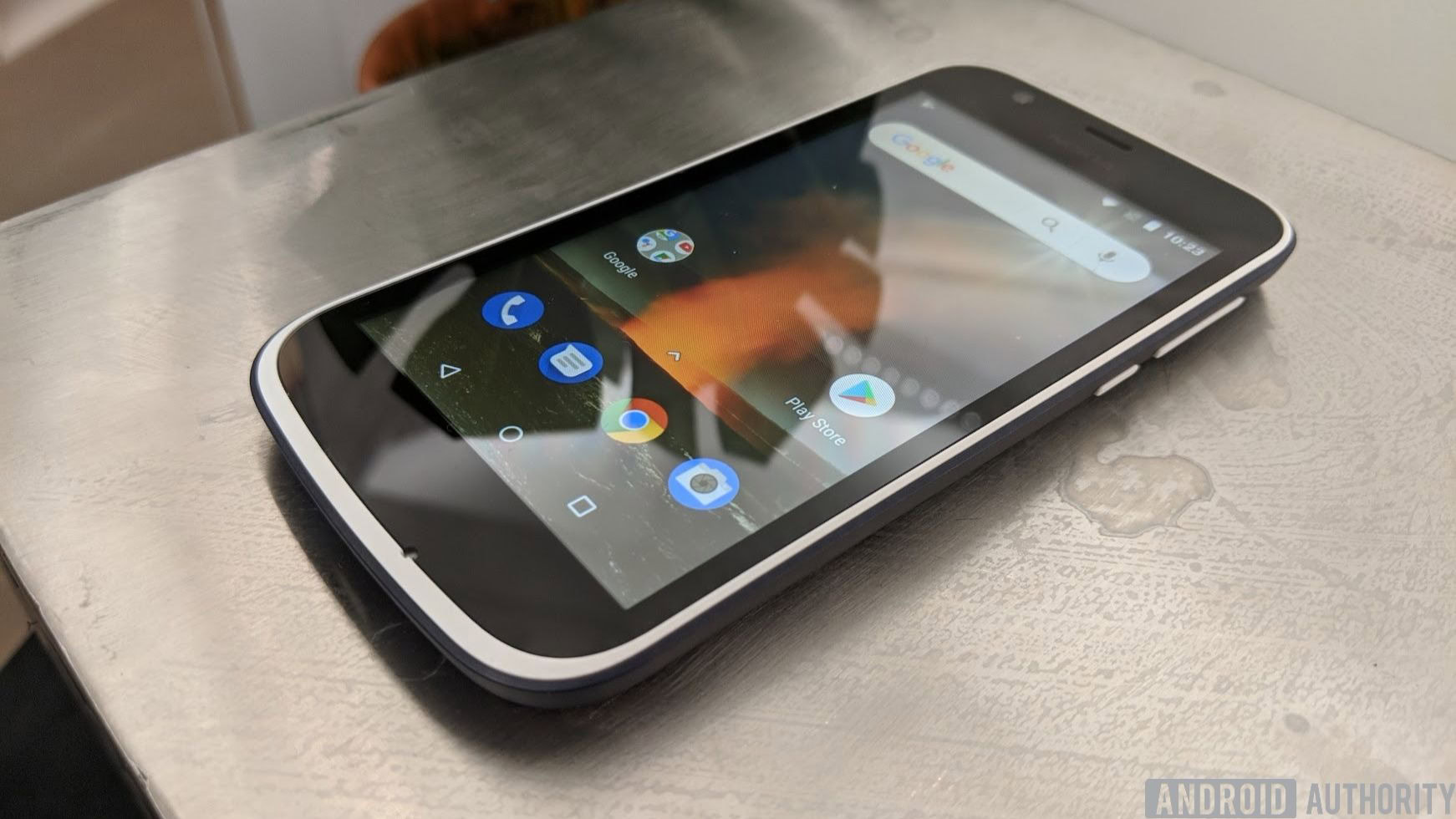
It used to be the case that low-end Android smartphones were utterly rubbish experiences, plagued by judder and quickly running out of storage/RAM.
Nowadays, it’s possible to buy a super-cheap device and get a decent experience. Sure, it won’t have much storage space or a decent camera, but it’ll get the job done and will perform better than you’d expect in most situations. So with that in mind, we’re here to tell you what to look for when buying a $100 smartphone.
Performance
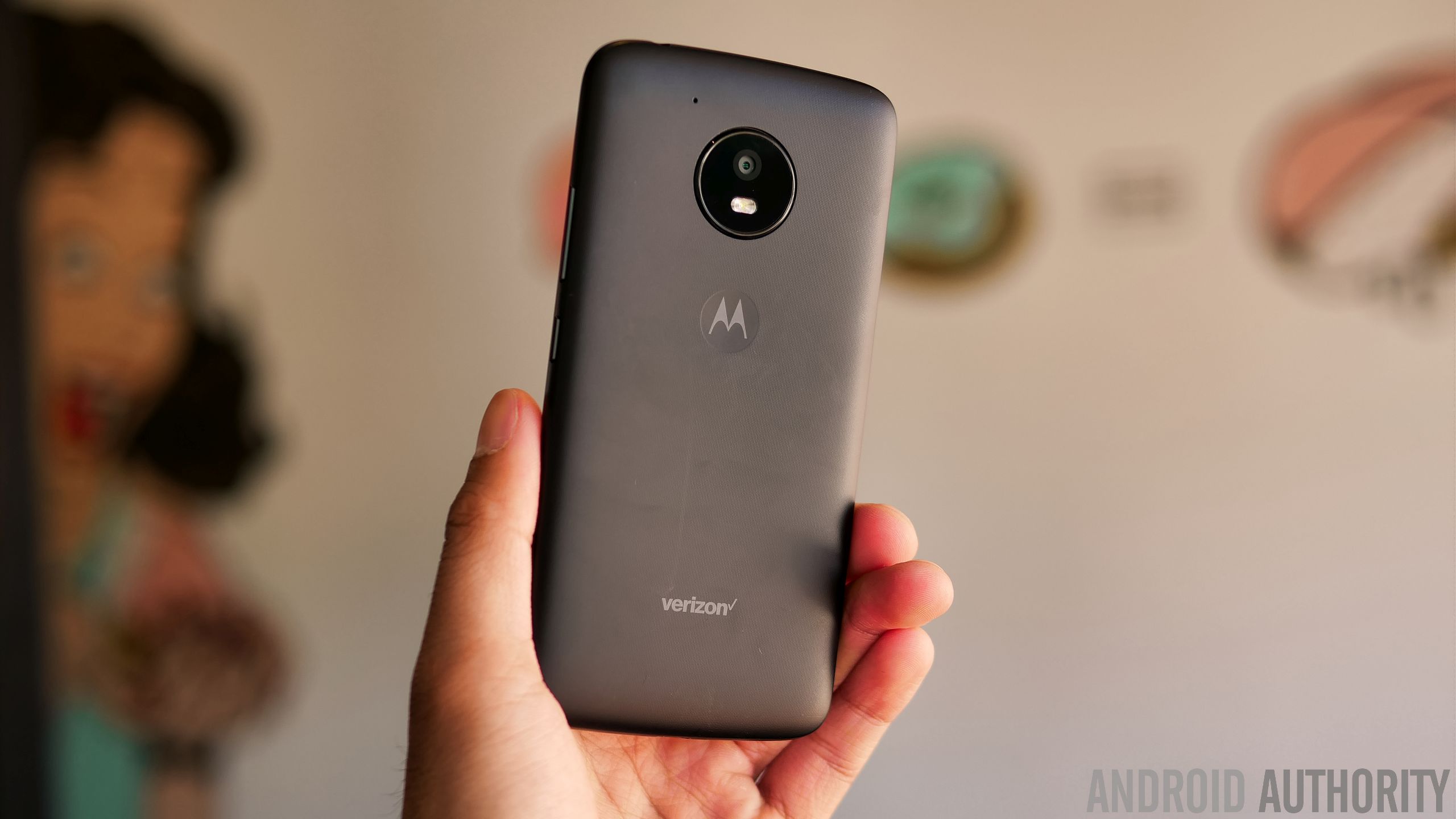
You’re unlikely to get octa-core chipsets in this price bracket, with quad-core (Cortex-A53 or ancient Cortex-A7) chipsets being a staple for $100 smartphones. These chipsets will deliver a satisfactory experience for everyday usage, social media, and web browsing, though you can definitely expect slowdown now and again.
If you do find octa-core processors, however, they’ll definitely be packing eight power-sipping Cortex-A53 cores rather than more powerful cores. Either way, you won’t be playing the latest games on these phones, with 2D titles being a safer bet.
In terms of RAM, $100 smartphones usually have between 1GB and 2GB of memory. Ideally, you should go for a phone with at least 2GB, so you can still jump between apps without the phone aggressively killing them.
I’d strongly recommend you get an Android Go phone if you opt for a device with 1GB of RAM — the lightweight nature of the platform means it should cope well with the reduced memory. Stay away from phones with 512MB of RAM, however, unless you don’t mind Instagram reloading your news feed because you dared to check the news and reddit.
Storage
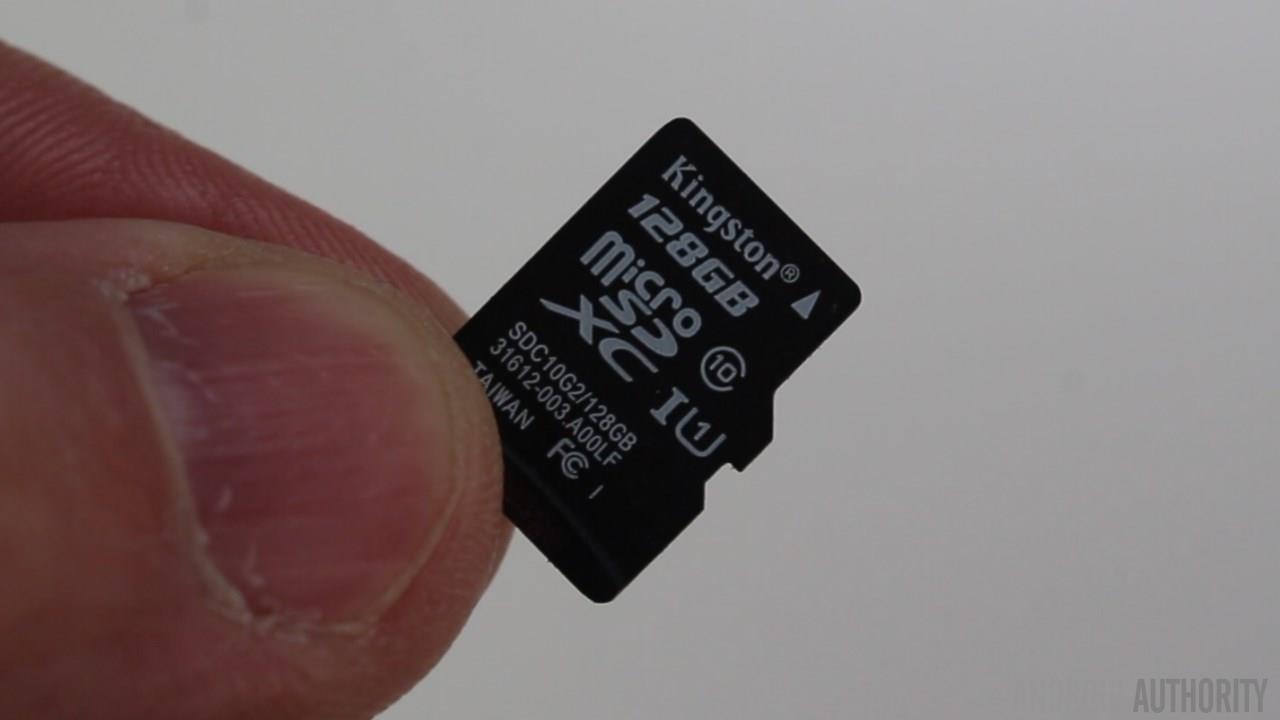
Low-end phones often tend to skimp on storage space, so you generally won’t find 64GB or 32GB of storage here. Even 16GB isn’t necessarily a given.
Nevertheless, we’d recommend you opt for at least 16GB if you can afford it, as photos, videos, app data, and other files will quickly eat up your storage. Alternatively, 8GB of space isn’t necessarily the end of the world, as long as you’re willing to store photos and videos on a microSD card and make use of cloud services such as Google Photos and Google Play Music. Heck, in the case of the latter, 250 songs or so can easily account for 1GB, so don’t go wild with the playlist downloads.
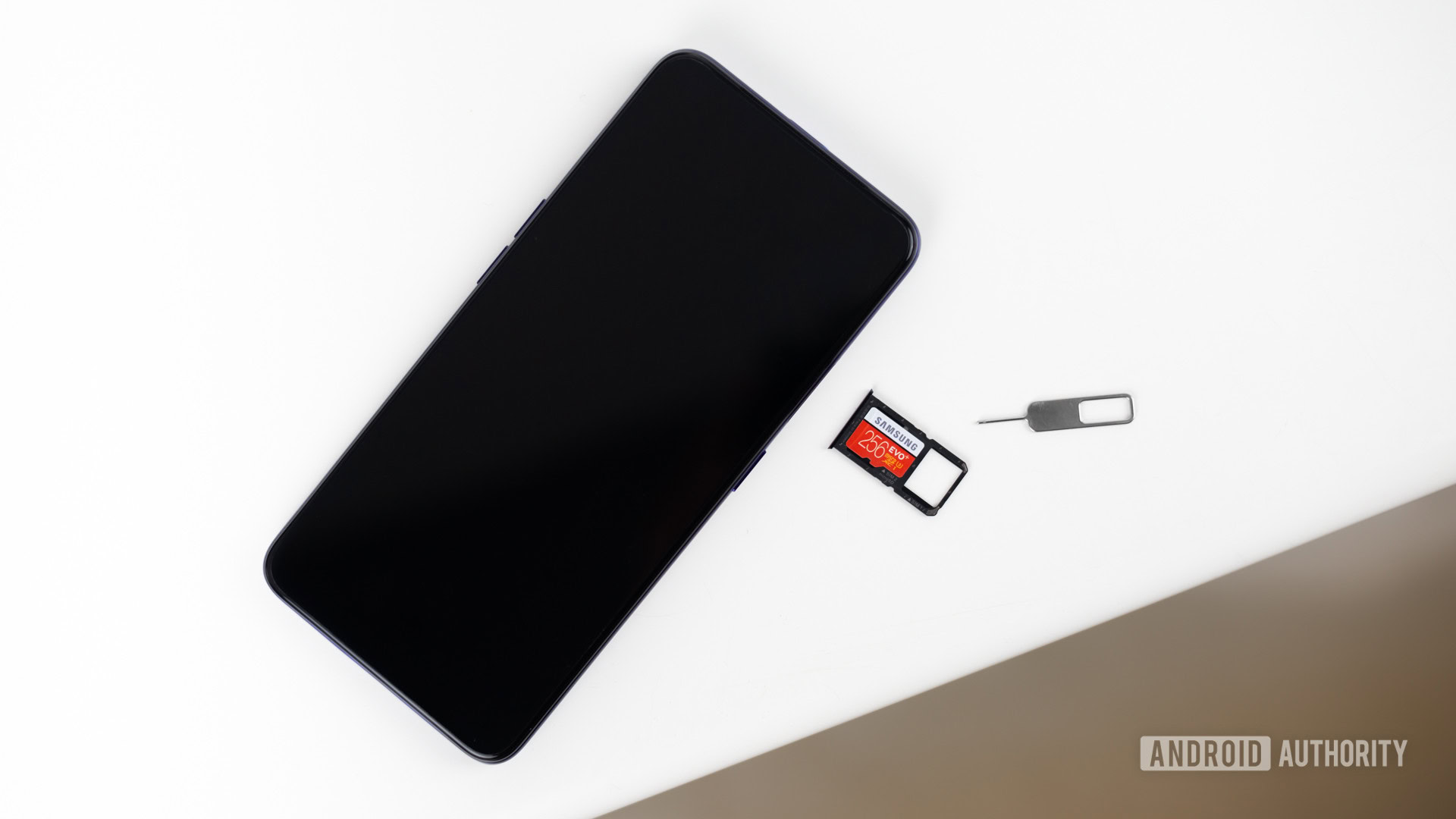
The operating system accounts for roughly 2GB to 3GB, leaving you with way less than 8GB or 16GB. And with the likes of Facebook, YouTube, Sync for Reddit and other apps ballooning in size as you use them, you’ll need to be diligent about clearing your app cache.
Speaking of storage expansion, the vast majority of $100 phones come with microSD slots, so you aren’t stuck with 8GB or 16GB of storage. Somehow spotted a $100 phone without microSD expansion? Then it’s simply not worth it, pass!
Display
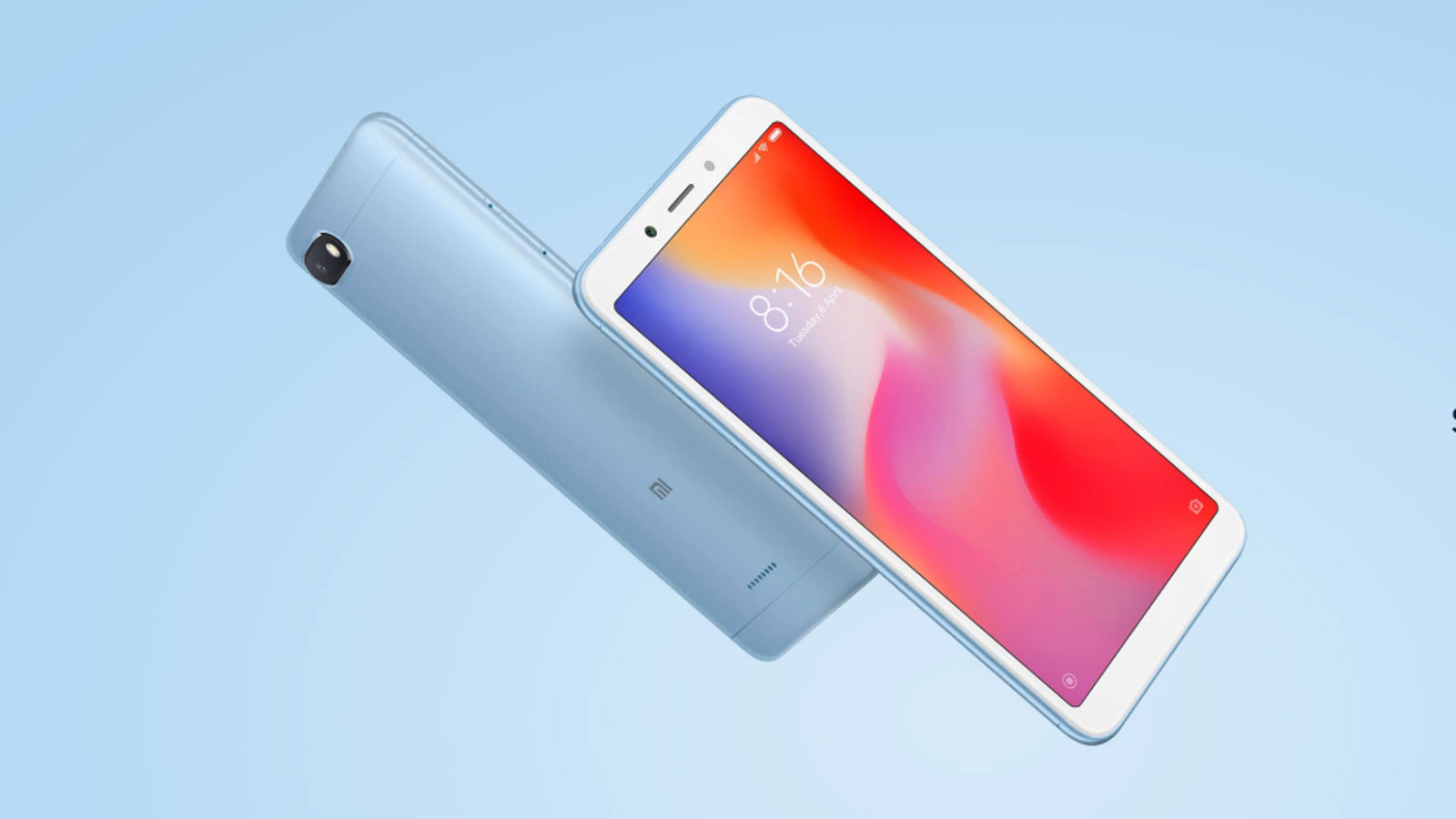
When it comes to resolution, don’t hold your breath for 1080p displays in this tier. Instead, 480p and 540p screens are staples at this price-point. Phones with 720p screens aren’t unheard of though, as the likes of the Xiaomi Redmi 6A show.
Screen size won’t be an issue in this tier, because you’ll find everything from 4-inch phones to 6-inches and beyond. In other words, those with giant hands will definitely have a few options. Do note that resolution becomes more important as you bump up screen size. That 4-inch display will seem sufficiently sharp at 960 x 540, but a 6-inch screen with the same resolution will undoubtedly look blurry.
AMOLED screens are also uncommon in this category, as they’re usually reserved for more expensive smartphones. So expect to find LCD screens on the vast majority of $100 phones.
TL;DR: 480p and 540p screens will look sharp enough on 4-inch screens and thereabouts, where the pixels are crammed into a small area. But 480p or 540p resolutions will look blurry on 5.5-inch screens and beyond, as the pixels essentially get stretched. If screen clarity is a high priority, then 720p screens are usually the highest resolution for $100 smartphones.
Cameras
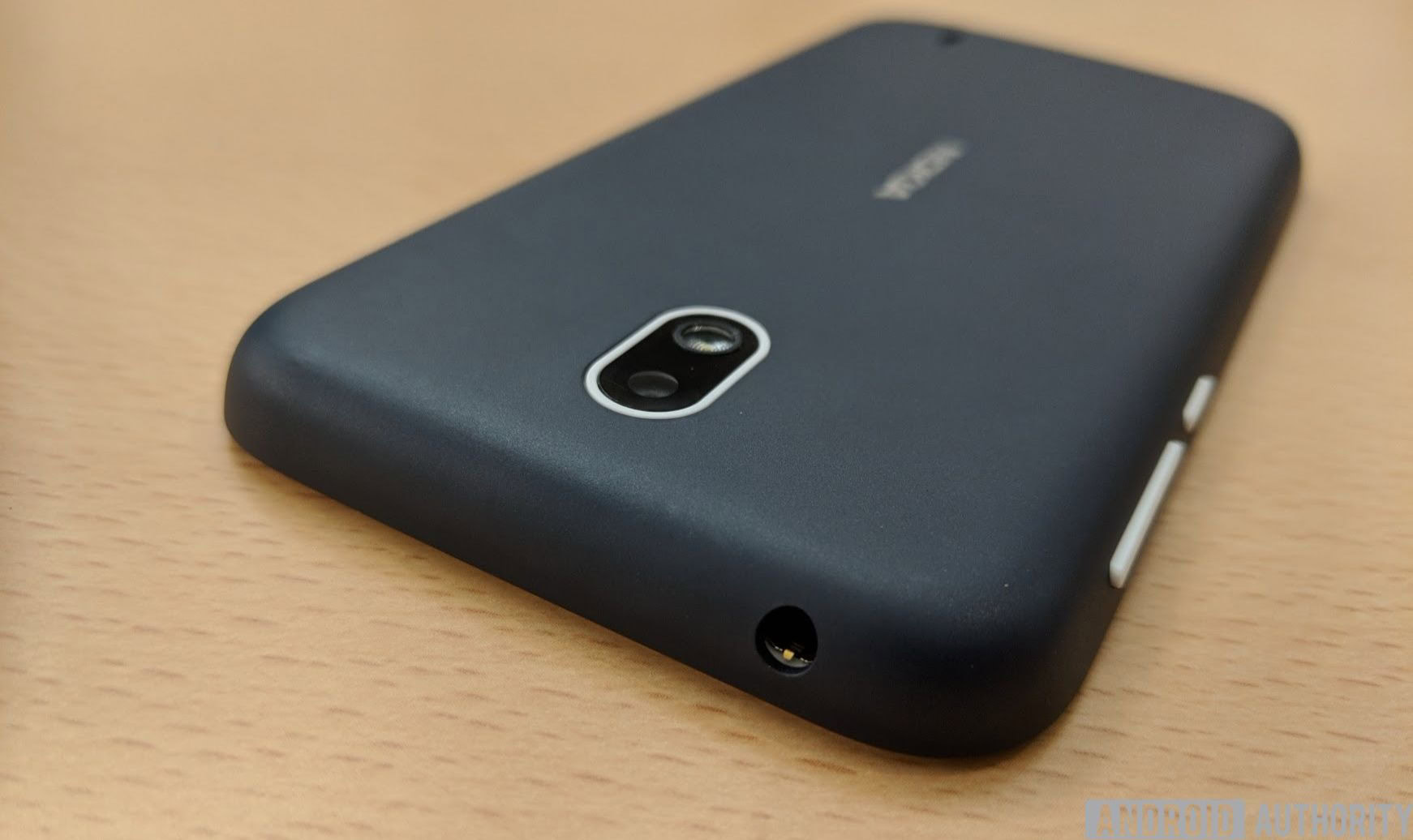
Dual camera setups have filtered down to a ton of smartphones in recent years, but they’re still very rare at this price-point. If you do find them, expect the secondary camera to be a VGA-quality or 2MP shooter at best (e.g. BLU Advance A6 2018).
Far more common, however, are single camera setups consisting of 5MP to 13MP shooters. These cameras aren’t going to have the best photo quality compared to pricier handsets, as they usually have cheap, small sensors that aren’t able to gather as much light as pricier sensors.
Read: Just how good is reverse wireless charging on the Mate 20 Pro?
These phones are also 99 percent likely to forego optical image stabilization (OIS) due to costs. OIS allows camera shutters to stay open for longer, improving low-light shots and reducing blur in the process. OIS is also a must for video recording, as it can reduce the effects of handshake-induced judder. Still, even without this feature, $100 mobile cameras will get the job done for social media and QR codes. Just expect shaky video and darker, less detailed low-light shots compared to even many mid-range phones.
Switch to the front and you’ll usually find anything between 2MP and 8MP for your selfies. Much like the rear cameras, budget selfie cameras don’t have large sensors, resulting in disappointing photos in anything other than broad daylight. Don’t expect a portrait mode here, either, as that’s usually the domain of more expensive phones.
Battery life
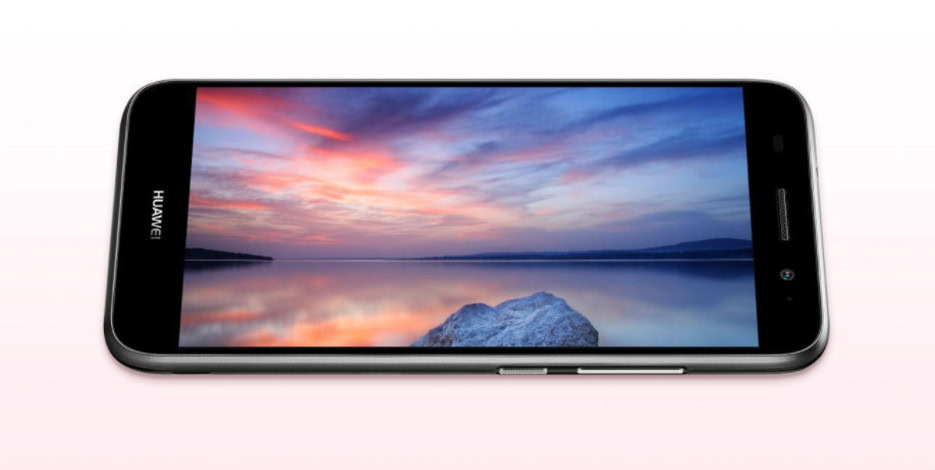
Generally speaking, you’ll find that $100 devices offer anywhere between 2,000 and 3,000mAh batteries. And when you combine the lower resolution screens and budget chips with these batteries, they should last for a working day of usage (WhatsApp, music playback, emails).
There are also a few devices going the extra mile, offering 4,000 or even 5,000mAh batteries, such as the Nokia 2. These sizes are the exception rather than the rule but, once you hit the 4,000mAh mark, you’re in two-day battery life territory.
Personally, I’d look at 3,000mAh as a good starting point, especially if you intend to keep the phone for a while and the battery isn’t removable. After all, if your battery is on the small side from day one, it’s only going to get worse due to degradation.
Extra features
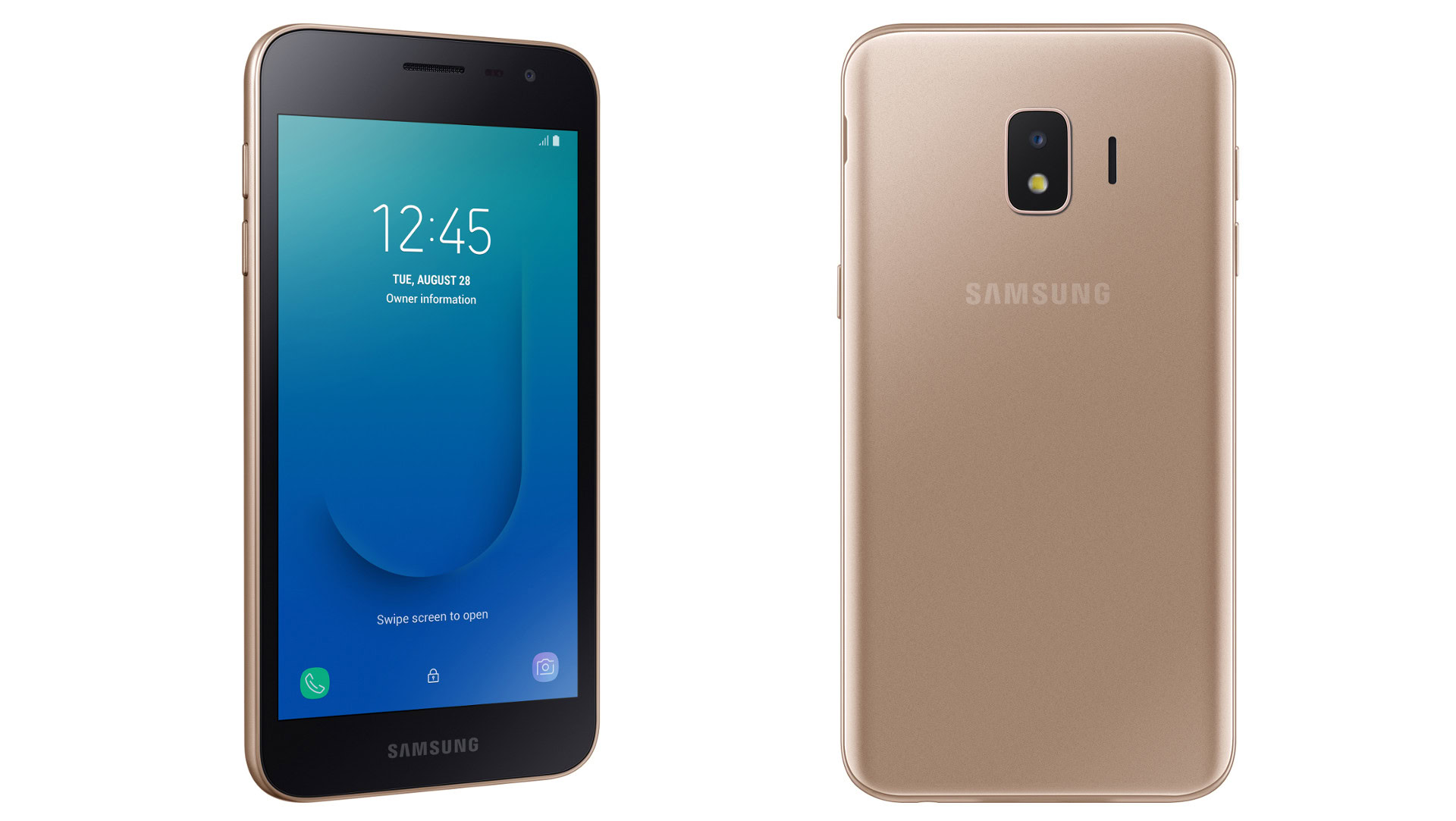
You get the basics when buying a $100 device, so you can’t expect water/dust resistance, wireless charging, or USB Type-C on these phones. But a few phones offer Bluetooth 5.0, and/or fingerprint sensors, making them stand out even more.
That’s pretty much all you need to know about shopping for $100 smartphones. Are there any other pointers we missed? Let us know via the comments section below!
NEXT: Sony Xperia XZ Premium, XZ1, and XZ1 Compact get Android Pie update